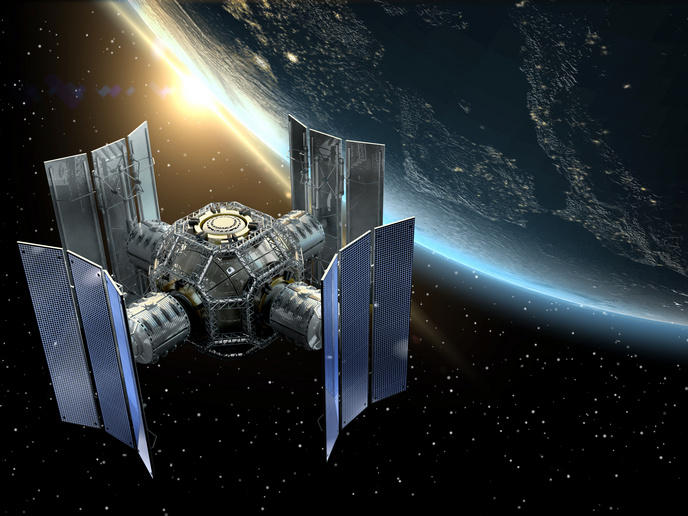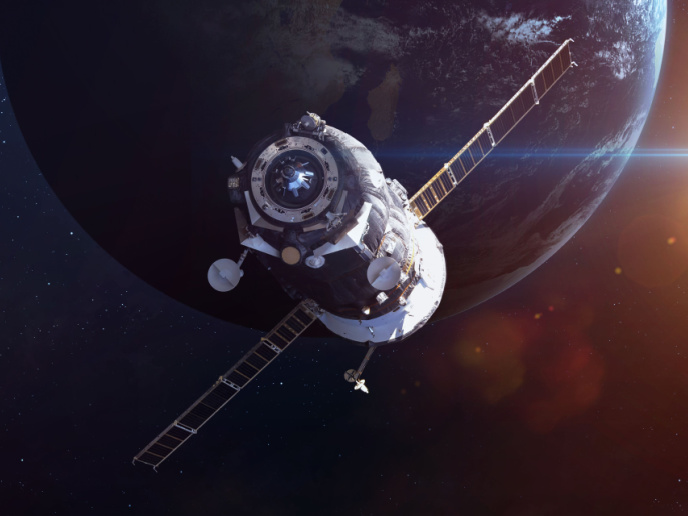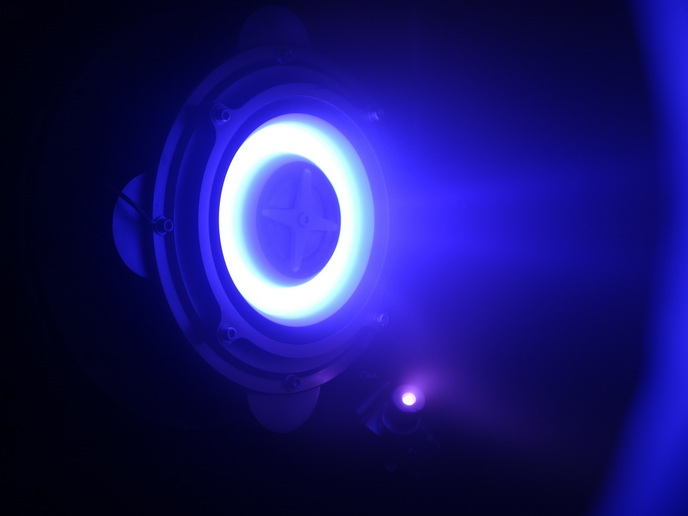Putting modular satellite design at the heart of future space operations
The European space ecosystem is evolving quickly, with many opportunities arising from the push for more flexible, sustainable and cost-efficient missions. This opens doors for SMEs and start-ups especially, to contribute with innovative technologies linked to in-orbit servicing, satellite life extension and modular design. Yet there are challenges. “Beyond the purely technical difficulties, standardisation remains limited making interoperability between systems more complicated. Also, new approaches aren’t always compatible with existing mission architectures, making integration and financing more difficult, a ‘chicken and egg’ problem,” says Pierre Letier from Space Applications(opens in new window). The EU-supported SCHUMANN(opens in new window) project, coordinated by Letier and focused on satellite components, was established to advance the modularity and standardisation of the European space ecosystem. SCHUMANN developed two key contributory elements: a refuel Functional Satellite Module (RTa) and a Design and Development Specification for a Spacecraft Construction Kit (DSSCK). An additional ambition was met to mature the HOTDOCK(opens in new window) hardware interface in a refuelling configuration.
Modular and standardised satellite design
A Functional Spacecraft Module (FSM) is a standardised building block that provides a specific satellite function such as power, propulsion or communication. They are standardised (similar shape, interface) and designed for easy integration, replacement or upgrade, making satellite design and maintenance more flexible. SCHUMANN developed a proof of concept refuellable tank module (RTa) to store and transfer fuel in space, allowing satellites to be refuelled during their mission, thus extending the lifetime of current space assets. The module was developed using building block components derived from previous EU projects, such as HOTDOCK (hardware interface) and ESROCOS(opens in new window) (software interface), to ensure compatibility with future European servicing missions. Meanwhile, the Spacecraft Construction Kit (DSSCK) was created as guidelines and software tools to help developers design modules in a standardised and compatible way, even if from different suppliers. For this, SCHUMANN developed a software platform called RESONANCE.
Benefiting future missions and satellite life extension
SCHUMANN conducted several validation tests, especially for the RTa refuelling module, including fuel transfer functional tests, thermal-vacuum tests and vibration tests. For the DSSCK software, internal dry-run tests and external evaluations were performed using realistic use cases. “We successfully demonstrated the potential of modular spacecraft technologies, including validating fluid transfer of the RTa at 200 bar without leakage, and reliable power and data connections. The DSSCK’s RESONANCE software was well received, and with some improvement could help pivot satellite design and operations,” notes Letier. Crucially SCHUMANN also improved the HOTDOCK hardware interface’s mechanical, electrical and fluid aspects, validating performance in relevant conditions while integrated within a refuel tank module. “We demonstrated its versatility, not only as a tool changer for robotic arms, but also as a reliable solution for transferring high-pressure gas, alongside electrical power and data, between modules in space,” explains Letier.
More sustainability, competitiveness and autonomy in space
“Our results help bring Europe closer to a future where satellites are no longer disposable, but upgradable and reusable, cutting costs and waste,” adds Letier. This shift is part of a trend that is redefining how we operate satellites in space. The project also contributes to European competitiveness by accelerating development cycles and the speed of transition from research to market. Towards this end, the next step will be advancing technical maturation, leading to in-orbit demonstrations. “While the RTa is not yet ready for the market, the results are close to exploitation and already attracting industry interest. And based on the feedback and interest of the DSSCK beta testers, we see very promising potential for future commercial exploitation,” concludes Letier.







